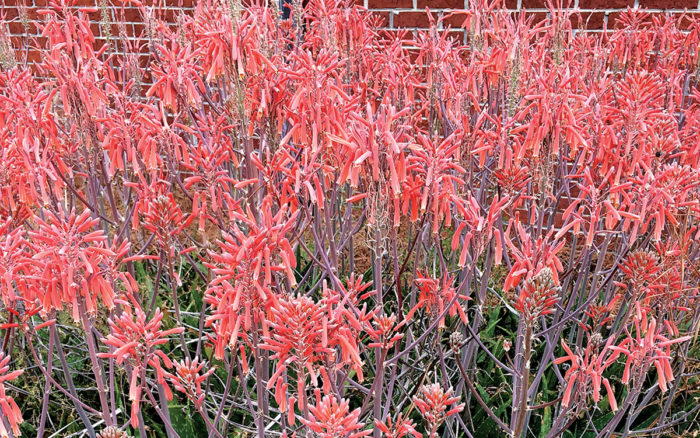
If your first few trips to the nursery can be overwhelming and chaotic, check out our plant recommendations for spring color in your region. There’s no doubt that these spring flowers will cure the winter blues.
1. California tree poppy
Romneya coulteri
Zones: 7–11
Size: 6 feet tall and 6 to 8 feet wide, but can spread much wider over time
Conditions: Full sun to partial shade; average to dry, well-drained soil
Native range: Southern California
Even surrounded by other showy spring bloomers, California tree poppy’s 9-inch flowers with crinkled white petals stand out. Flowering for us in April and May, this shrublike perennial with gray-green, rubbery-textured leaves fits well near the back of a mixed border. In years with mild winters, plants in our garden remain mostly evergreen. They require some hard pruning before spring to keep them neat. Growing in full sun with space to spread in sandy loam soil, our plants must not have gotten the memo on not liking summer water, because both irrigation and rainfall haven’t proven detrimental.
2. Soap aloe
Aloe maculata
Zones: 8–12
Size: 1 to 2 feet tall and 2 feet wide
Conditions: Full or partial sun; sandy or gravelly, moist to dry, well-drained soil
Native range: Southern Africa
Soap aloe surprised me. I assumed it would prefer an arid or Mediterranean climate, but it has performed beyond my expectations in our humid and rainy conditions. The tubular red-to-orange flowers form flat-topped clusters on branched stems and are very attractive to hummingbirds and bees. Our plants produce a big flush of flowers in early April but can bloom intermittently year-round. The thick, evergreen leaves with sharp teeth along their edges grow in a rosette and slowly spread by forming offshoots to create a dense ground cover. After a few years, you may need to dig up some of the offshoots to keep it in bounds, but no other maintenance is necessary. It is drought and deer tolerant once established.
3. ‘Temple Bells’ pieris
Pieris ryukyuensis ‘Temple Bells’
Zones: 6–9
Size: 3 to 6 feet tall and 2 to 4 feet wide
Conditions: Partial shade; consistently moist, acidic, well-drained soil rich in humus
Native range: Ryuku Islands of Japan
Honestly, we planted this thinking it was something else; it was mislabeled. We wanted a shade-loving shrub that would complement camellias, azaleas, and hydrangeas. By mistake, we found a good one. Its small, creamy white, bell-shaped flowers are borne in large hanging clusters in April against a background of shiny, dark evergreen leaves. Its habit is dense and upright, with branches that have a layered look. The only special care we’ve provided is some moisture during dry spells. This species performs far better in our climate than the more common Japanese pieris (Pieris japonica and cvs., Zones 5–9).
4. Chinese sweetshrub
Calycanthus chinensis
Zones: 6–8
Size: 6 to 10 feet tall and wide
Conditions: Dappled shade; acidic, moderately moist, loamy soil
Native range: Eastern China
A beautiful and uncommon deciduous shrub, Chinese sweetshrub happily grows among camellias (Camellia spp. and cvs., Zones 6–10), which appreciate the same conditions. Its flowers, with silky white outer tepals and waxy, pale yellow inner tepals, emerge for about a month beginning in early April. Unlike our native sweetshrub (Calycanthus floridus, Zones 4–9), Chinese sweetshrub’s flowers are not fragrant; the plant is easier to restrain, however, because it doesn’t sucker and spread like the native species does. Bold, medium-green leaves with a bit of topography on their surface turn yellow in the fall. Our 20-year-old plants have required no special attention other than removing the occasional broken branch.
Philip Schretter directs the development of the Georgia Southern University Armstrong Campus Arboretum in Savannah, Georgia.
Photos: millettephotomedia.com (1); courtesy of Philip Schretter (2 and 3); Joshua McCullough (4)

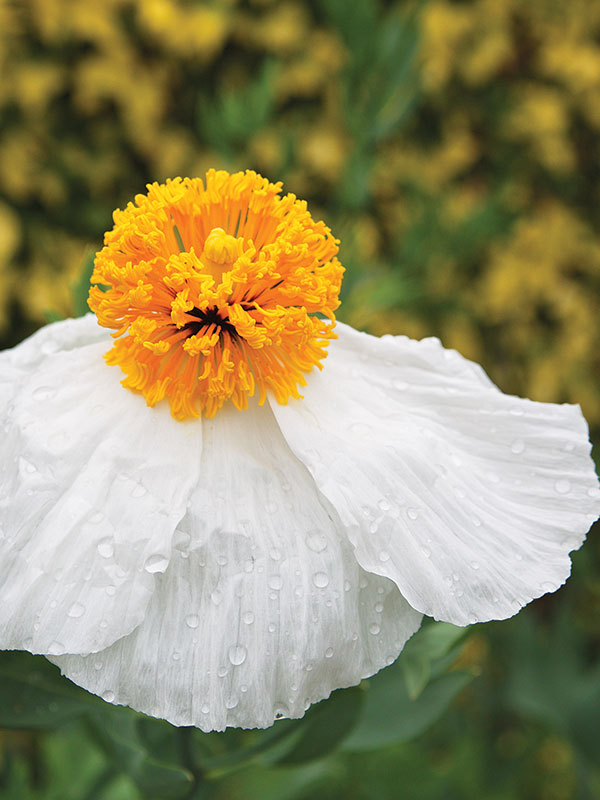
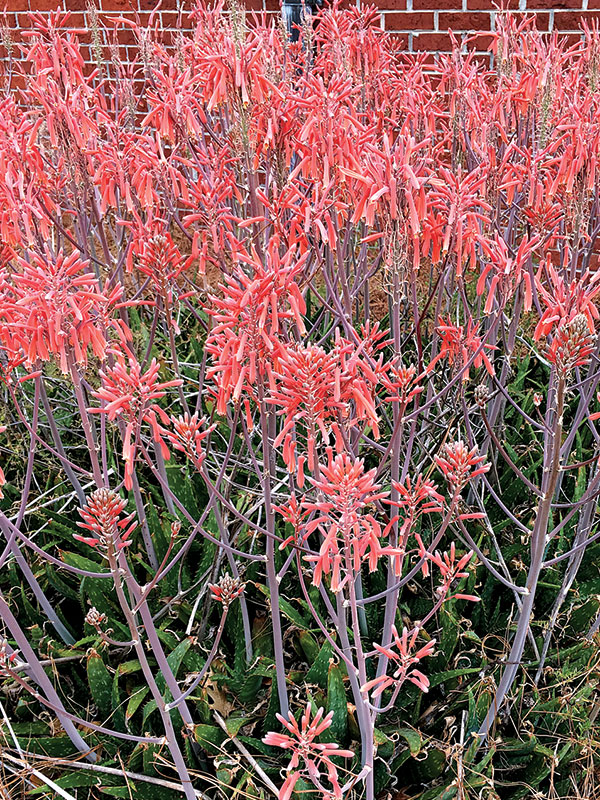

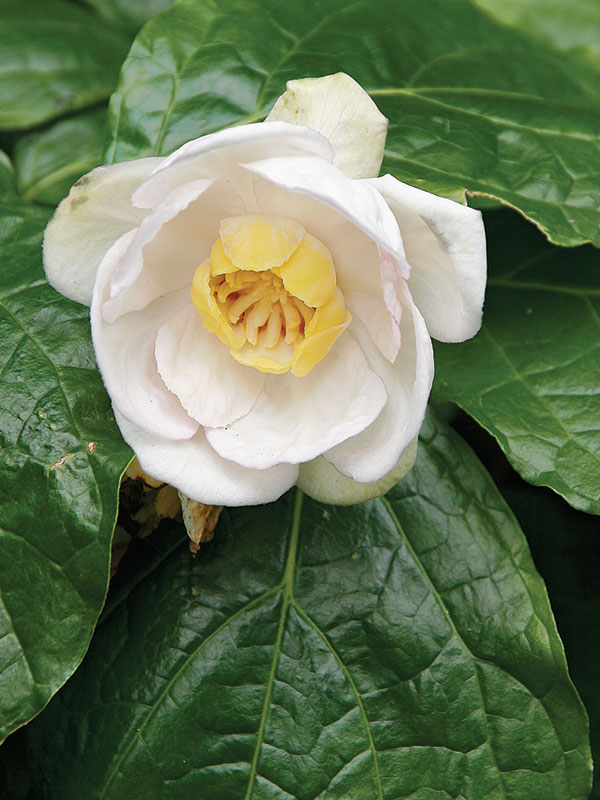


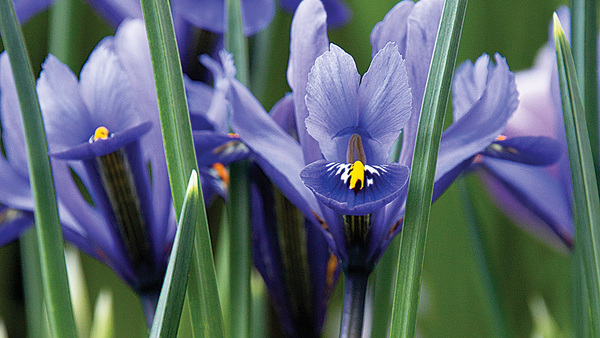
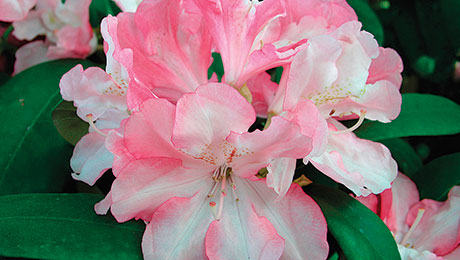












Comments
Log in or create an account to post a comment.
Sign up Log in